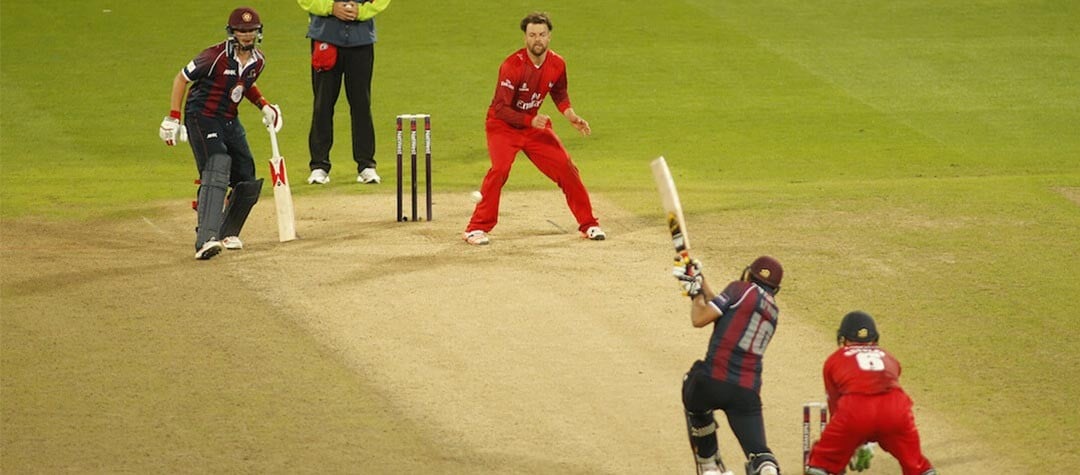Prepare for a good day of tight lines and screaming reels with our basic bait suggestions.
Coarse fish can be tempted by all manner of baits either natural or artificial. Anything from maggots to the humble potato can be used to tempt a hungry fish to fall into the trap laid by the angler. But fish can become wise, and certain smells or colours can spell danger to the wary fish that may have to be tricked with the use of flavourings or dyes.
The novice angler should try some of the following baits to start with:
- Maggots
- Sweetcorn
- Luncheon meat
- Bread
- Worms
Maggots
These are available from most good tackle shops, usually sold in half pints or pints. There are various types, but for the beginner a pint of ‘mixed maggots’ of varying colours (usually red, white and yellow) would usually suffice. Maggots should be kept in secured bait boxes and are best stored in a fridge or cold area to prevent them turning into ‘chrysalids’ or what anglers call ‘casters’. However, if the maggots should change, the angler can still use the ‘casters’ as bait on the hook.
Sweetcorn
This is a cheap form of bait which requires little preparation. Its sweet taste and bright colour often prove irresistible to a variety of fish including carp, tench, bream and roach. Sweetcorn can also easily be coloured or flavoured to make it more attractive to fish. Always remember to take a tin opener with you or open the can before you set off on your fishing trip.
Luncheon meat
Any form of luncheon meat or ‘spam’ will do - in fact, the cheaper the better as it is often a bit tougher and will stay on the hook better. It is best to prepare this the day before fishing by cutting it into varying cube sizes to allow the meat to dry out a little, or it will be far too moist to use. You could try other types of meat provided you can get it to stay on the hook, and dog food has even been known to bag a decent fish.
Bread
The good thing about bread is that most of us nearly always have some available. Bread can be used in a variety of ways as a hook bait and more often than not it attracts a better stamp of fish. It can be used in flake form by just pulling a small piece (around 2.5 cm in diameter), pushing the hook through the middle and pinching the bread around the hook’s shank. Another method is to use a small crust of bread (usually an uncut tin loaf) which will float on the surface and provide sufficient temptation to fish such as carp to bite.
Anglers also use a bread punch which ‘punches’ out small pieces of bread, (about the same size as a hole punch), which can then be placed on a small hook. This method is regularly used to catch smaller fish.
Worms
We all know where we can get worms and they have the added bonus of being free if you go to the effort of digging them up. Most fish are unable to resist a tasty morsel and they are responsible for catching a wide variety of coarse fish. Anyone with an established compost heap in their garden will find worms in plentiful supply. (Alternatively you could simply buy them at the local tackle shop).
Other fishing baits
Other suggestions worth a try include cheeses (the smellier the better!), parboiled vegetables like potatoes and carrots, sausage meat, sausages (fried or uncooked), stewing steak, slugs or pre-soaked dog biscuits (that are still able to float).
There is also an array of other specialist baits available from tackle shops such as ‘boilies’, which are favoured by carp anglers. Others include hempseed and trout pellets. A range of colourings and flavourings, found at home in the kitchen can be used to spice up your baits to make them more attractive.














